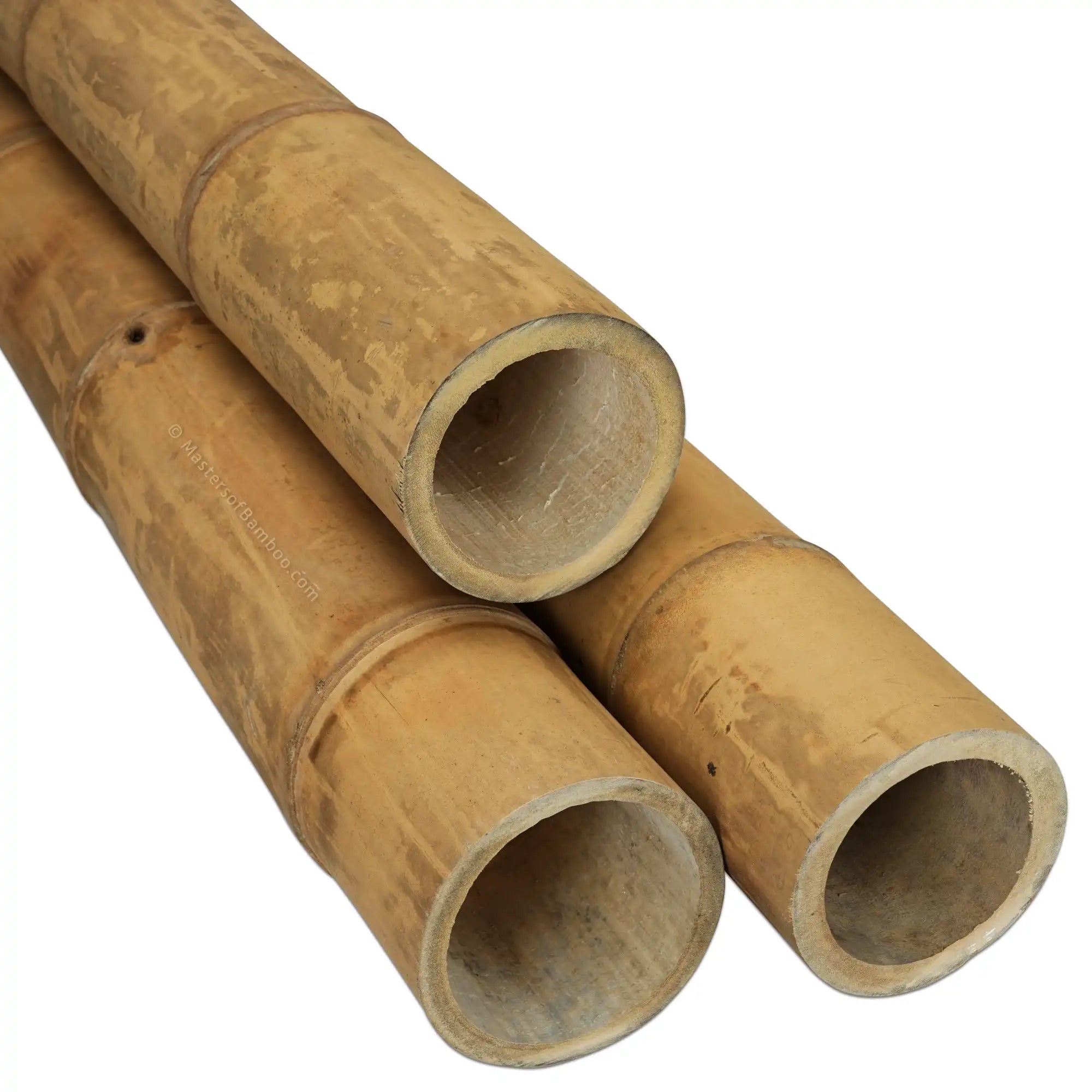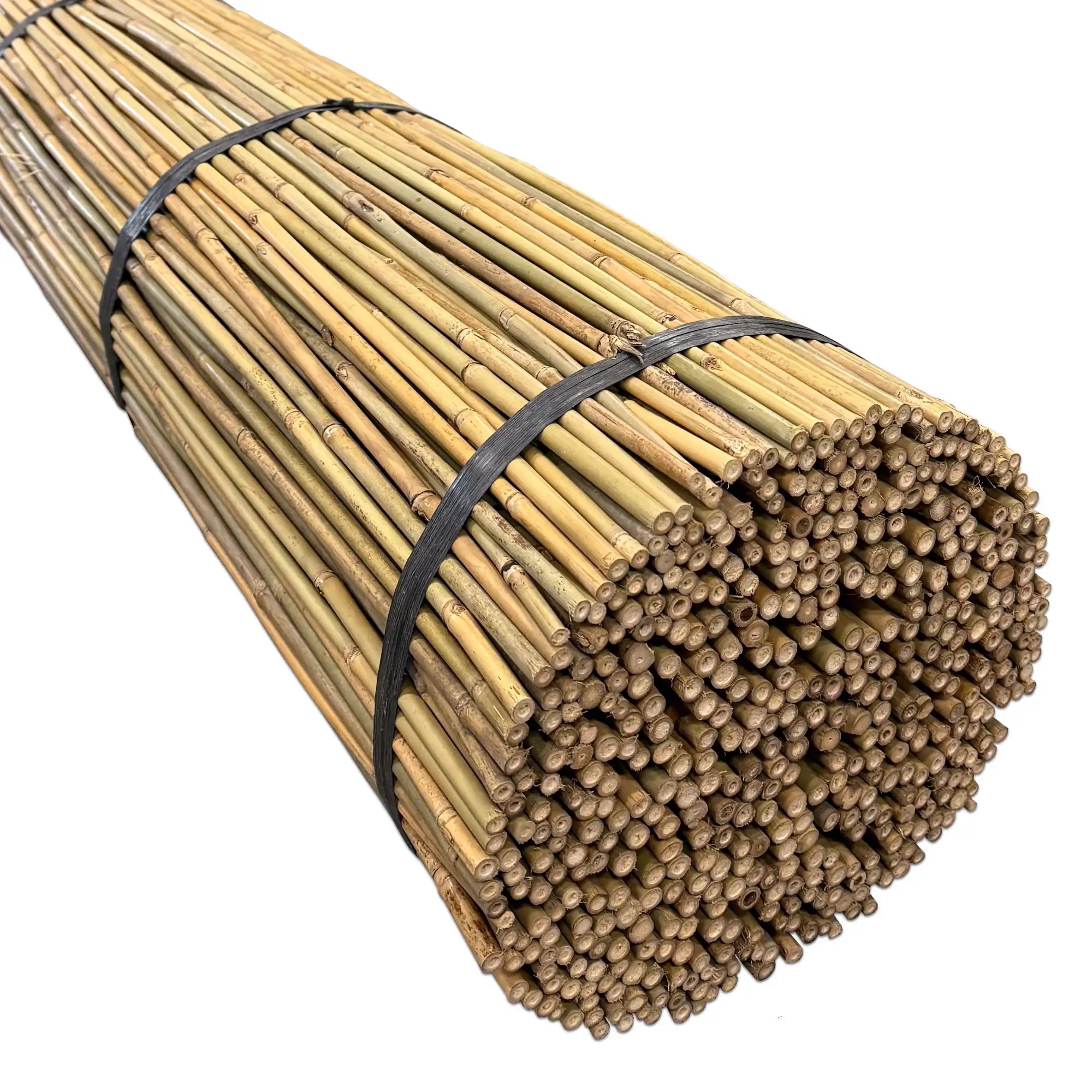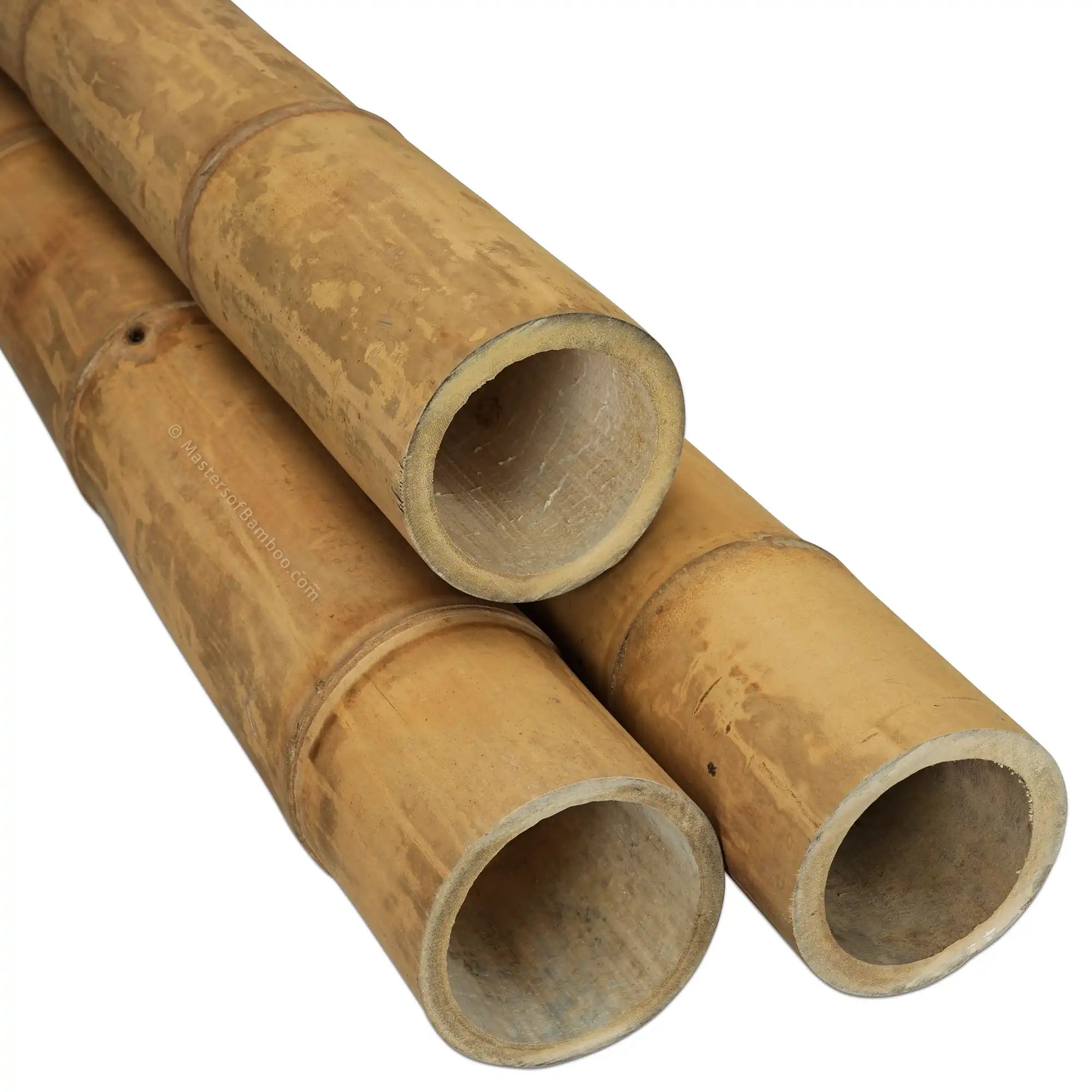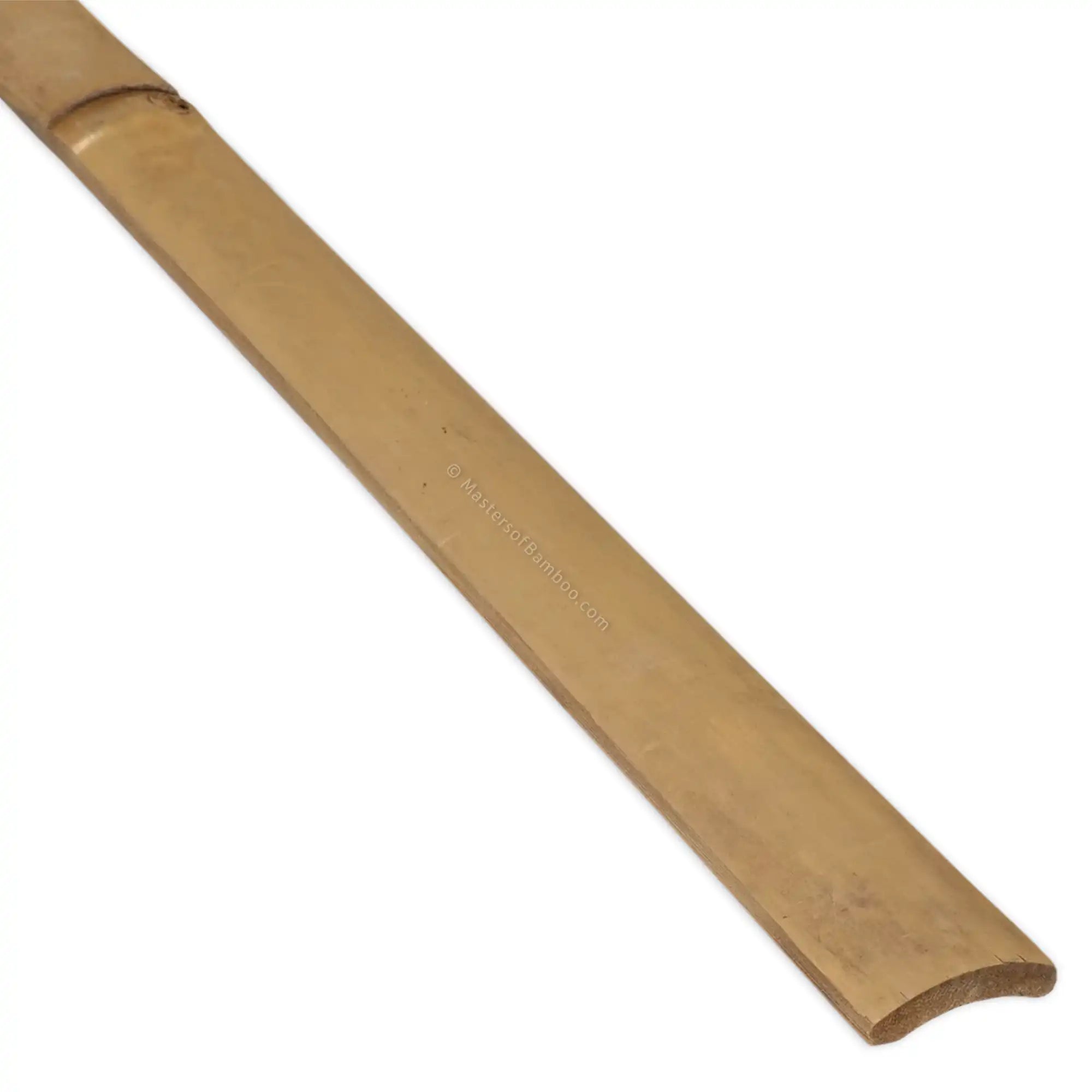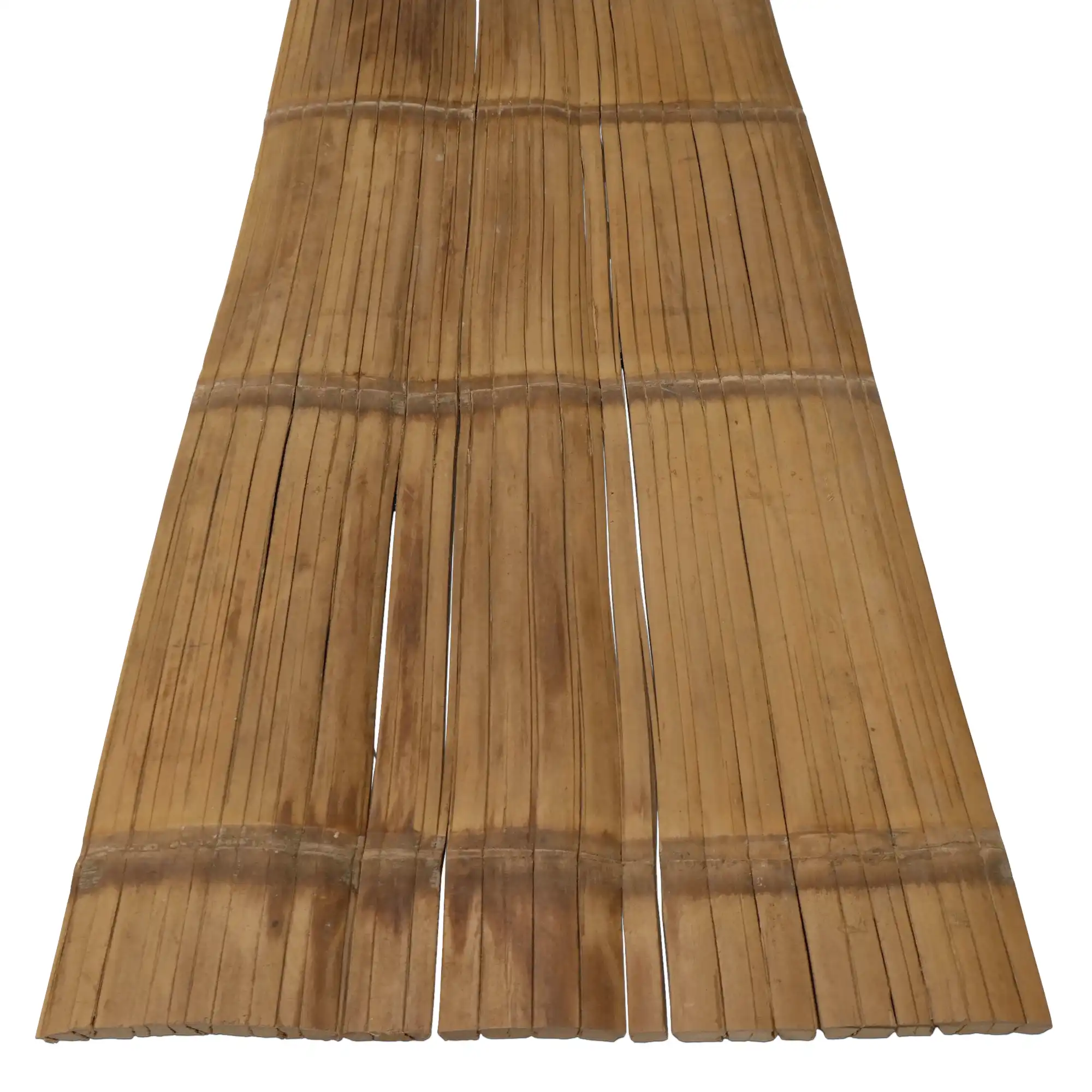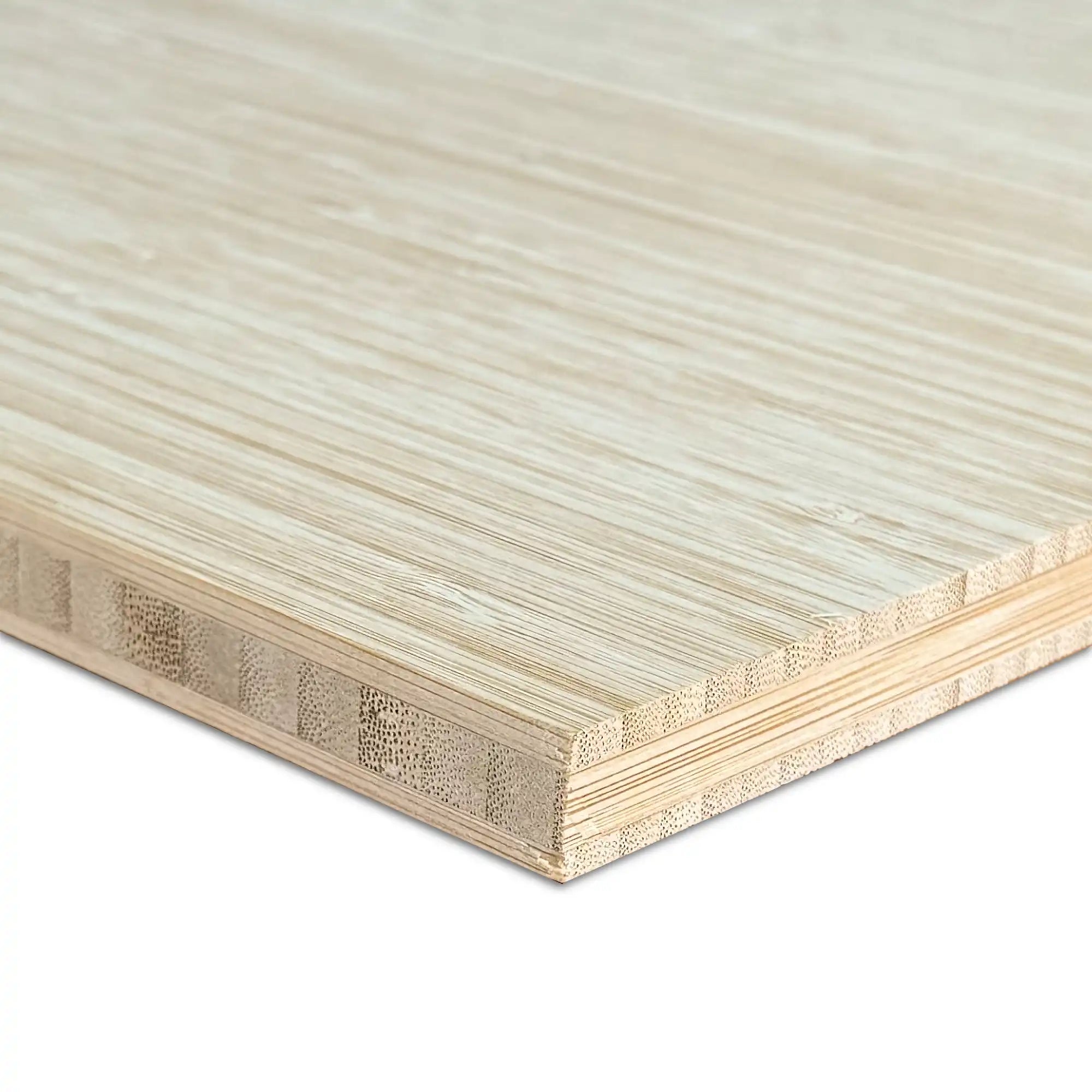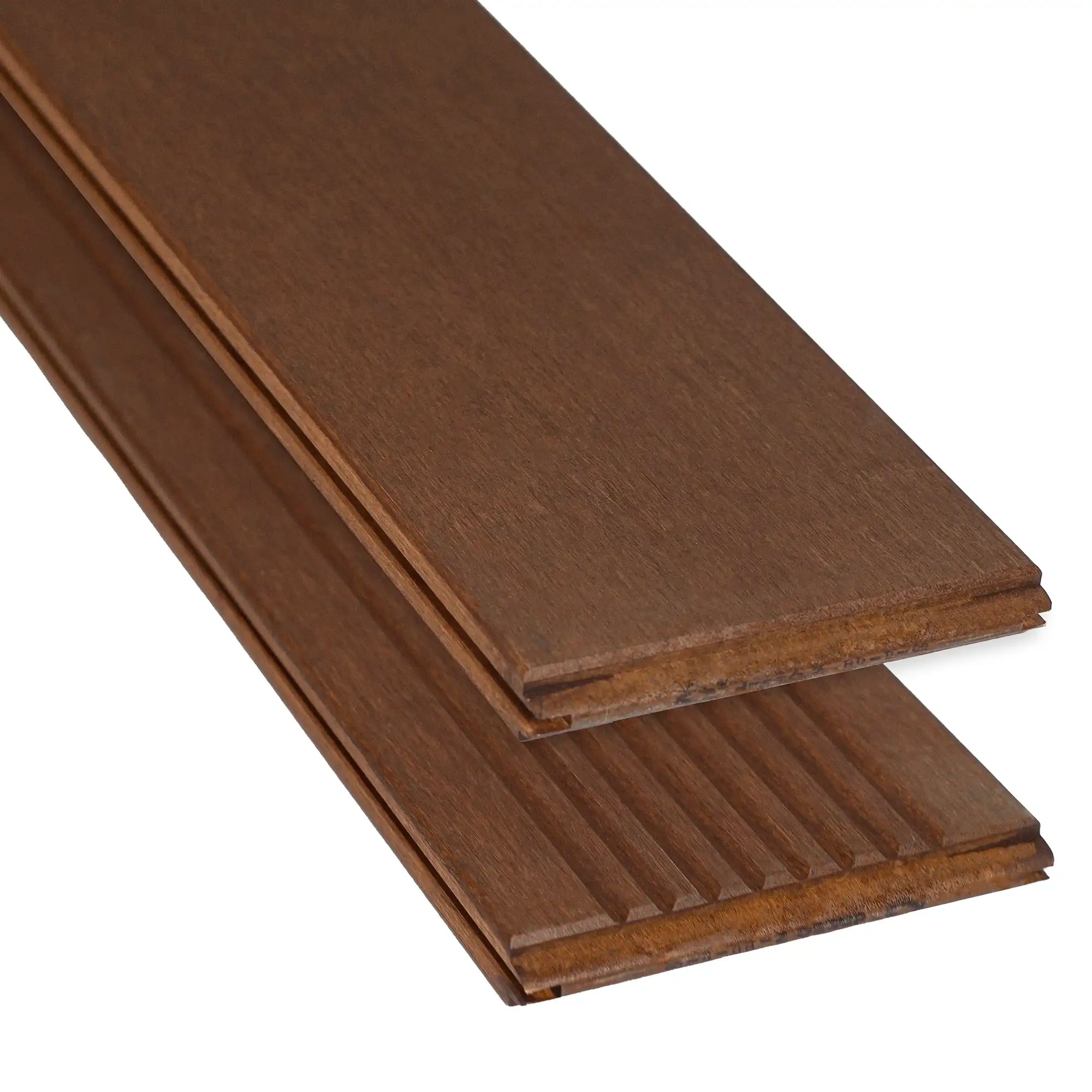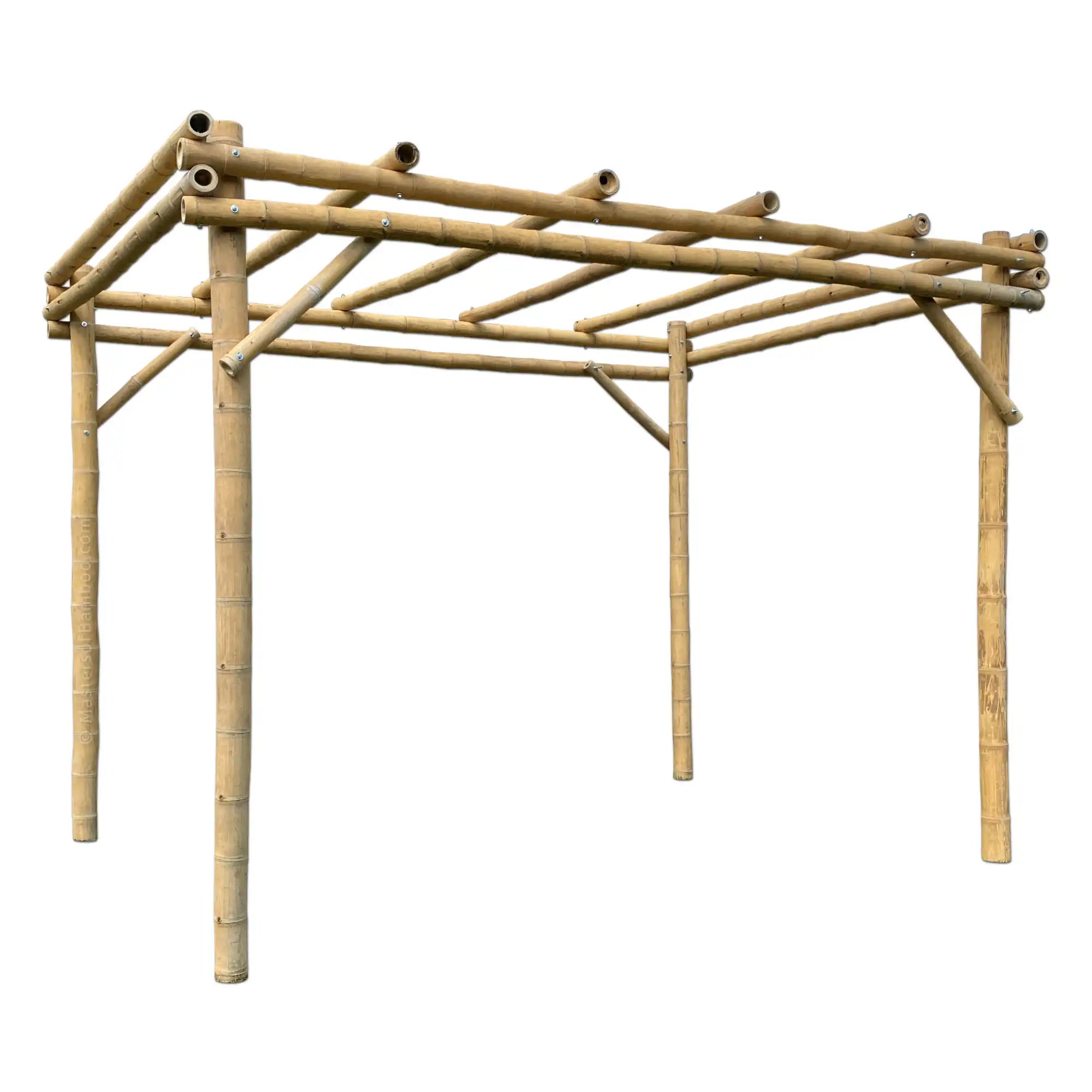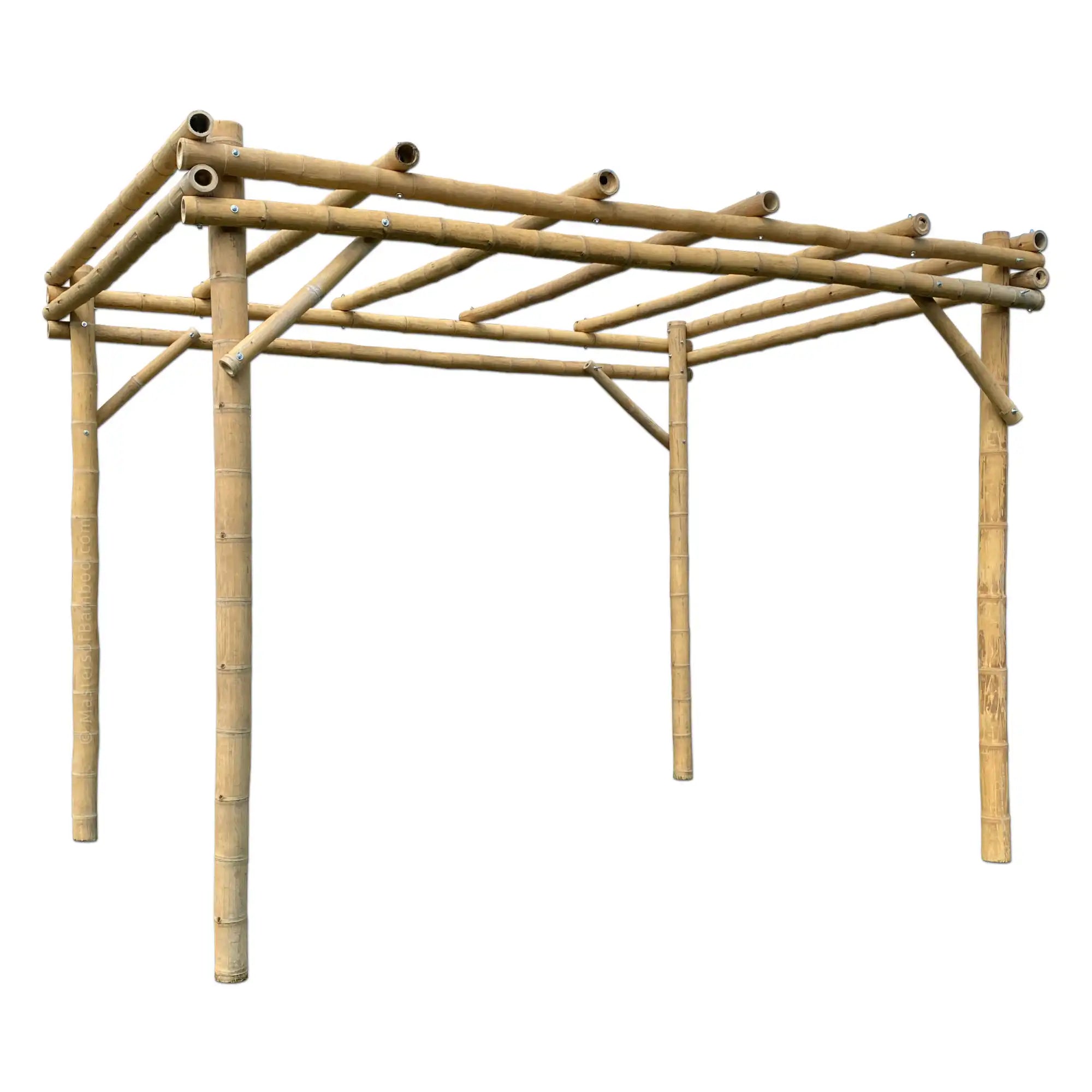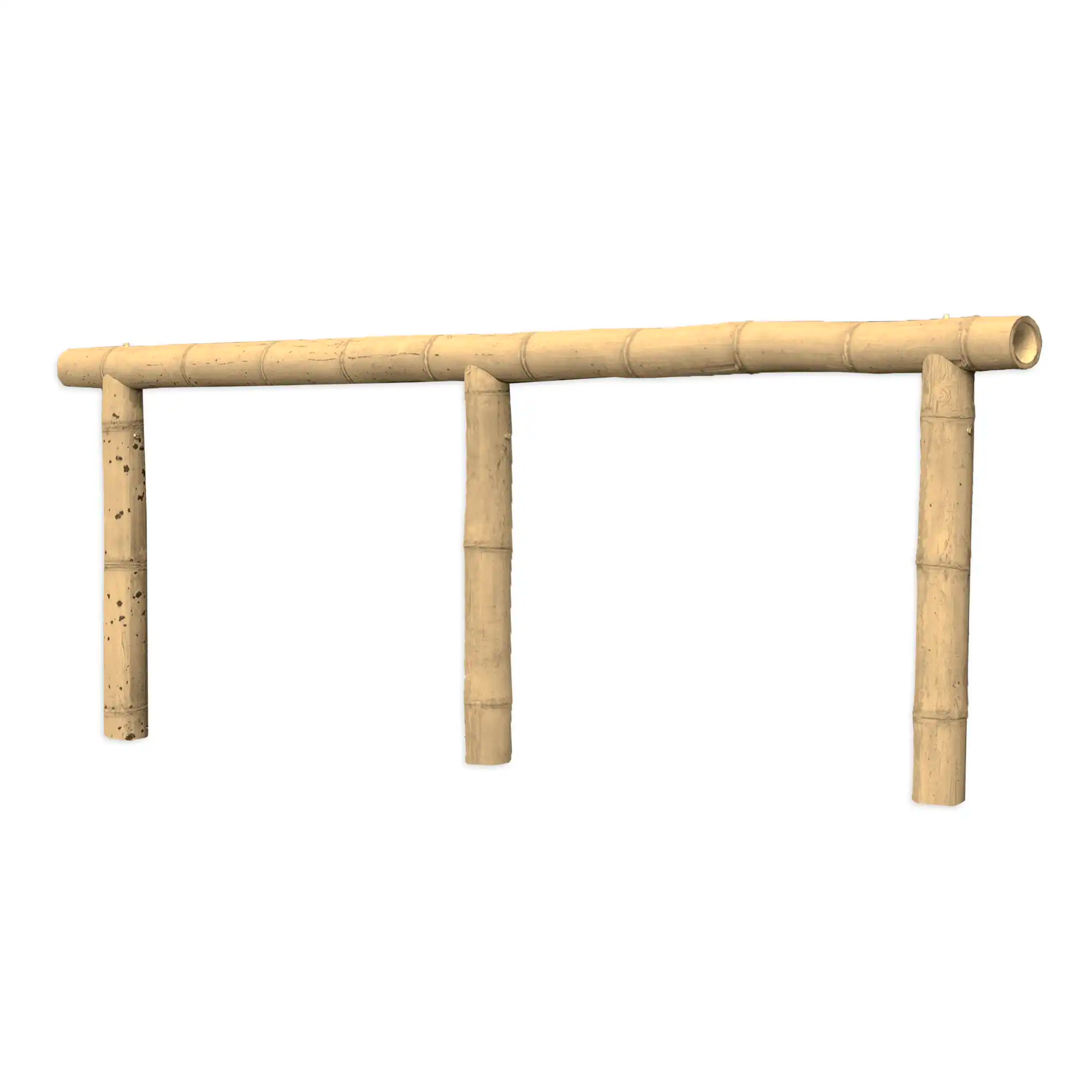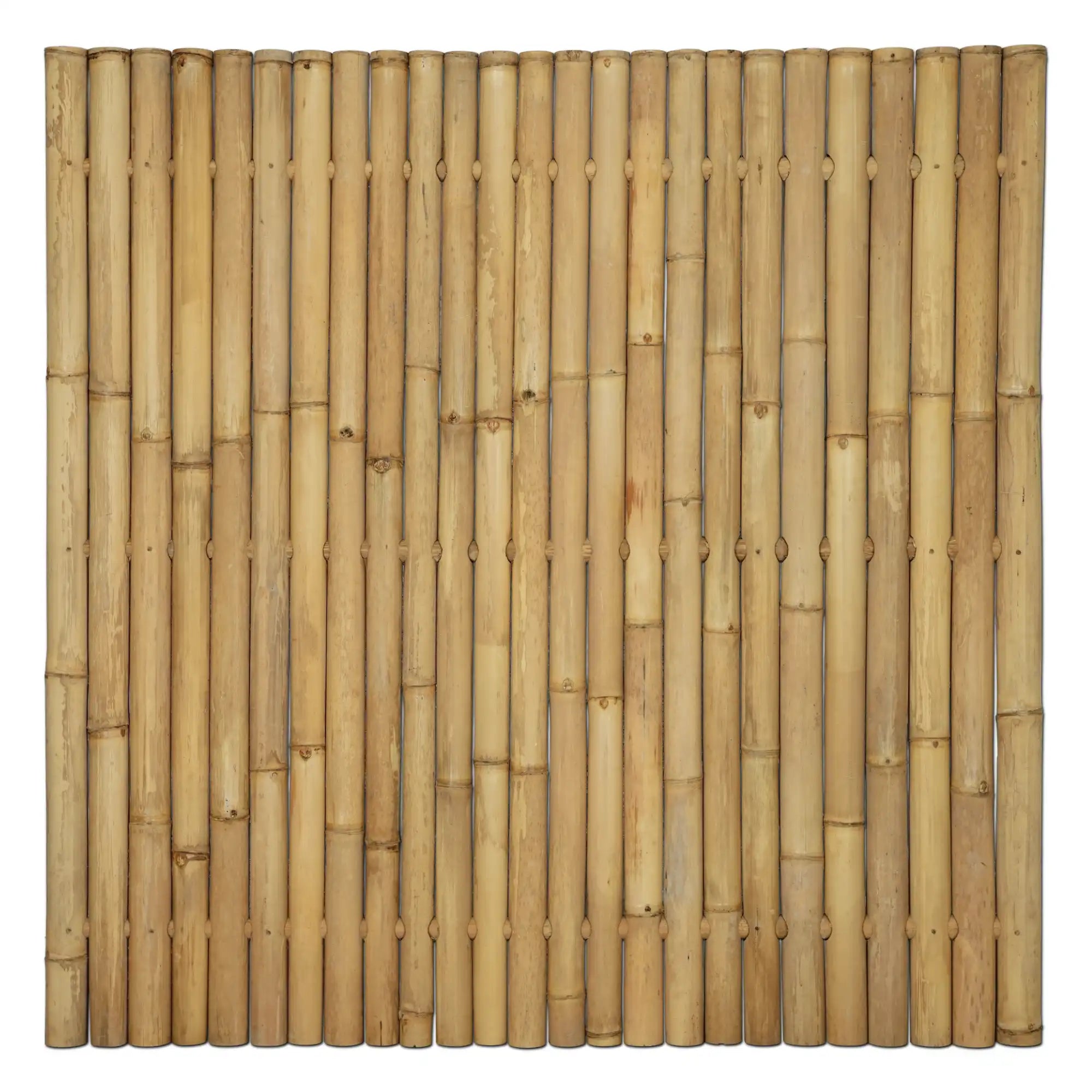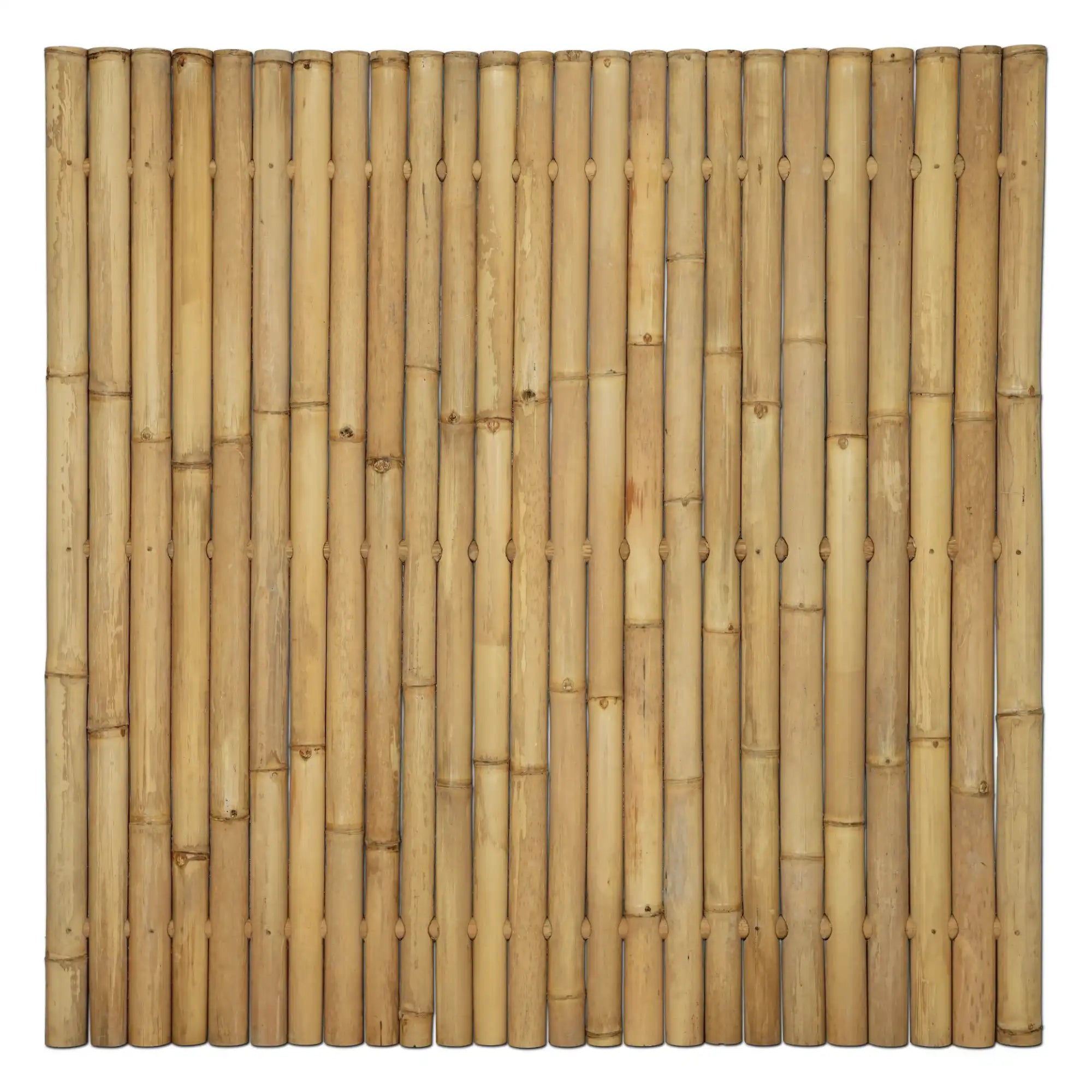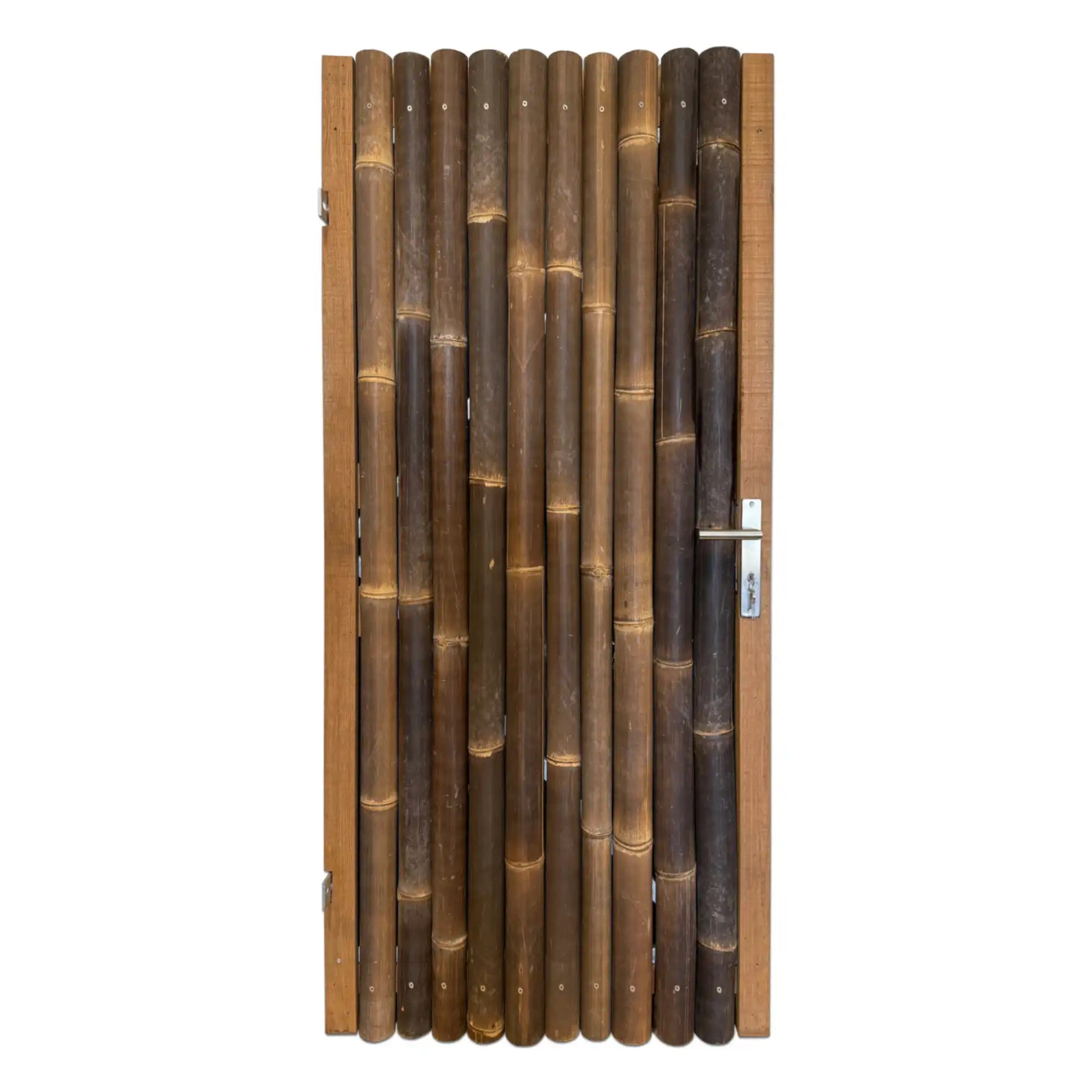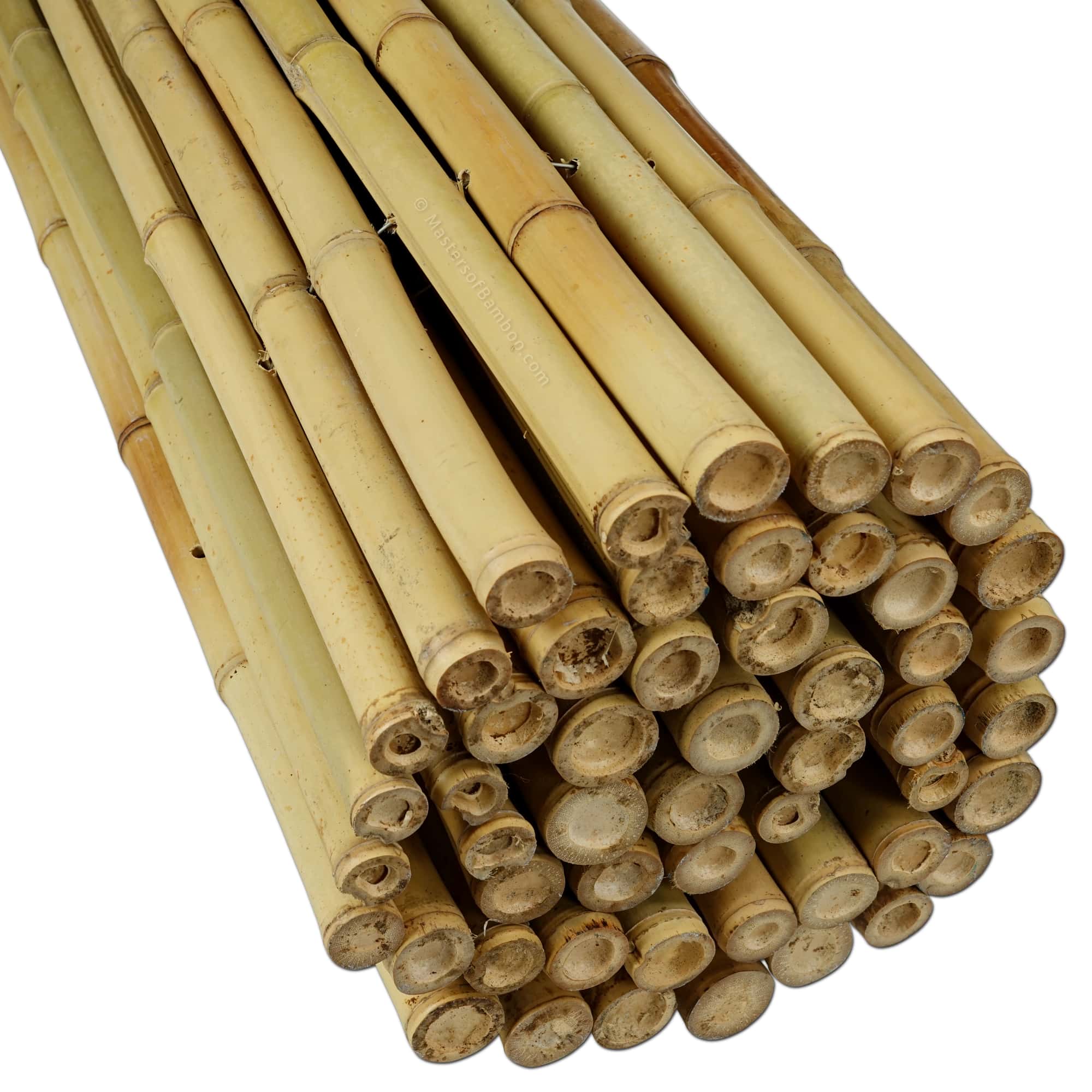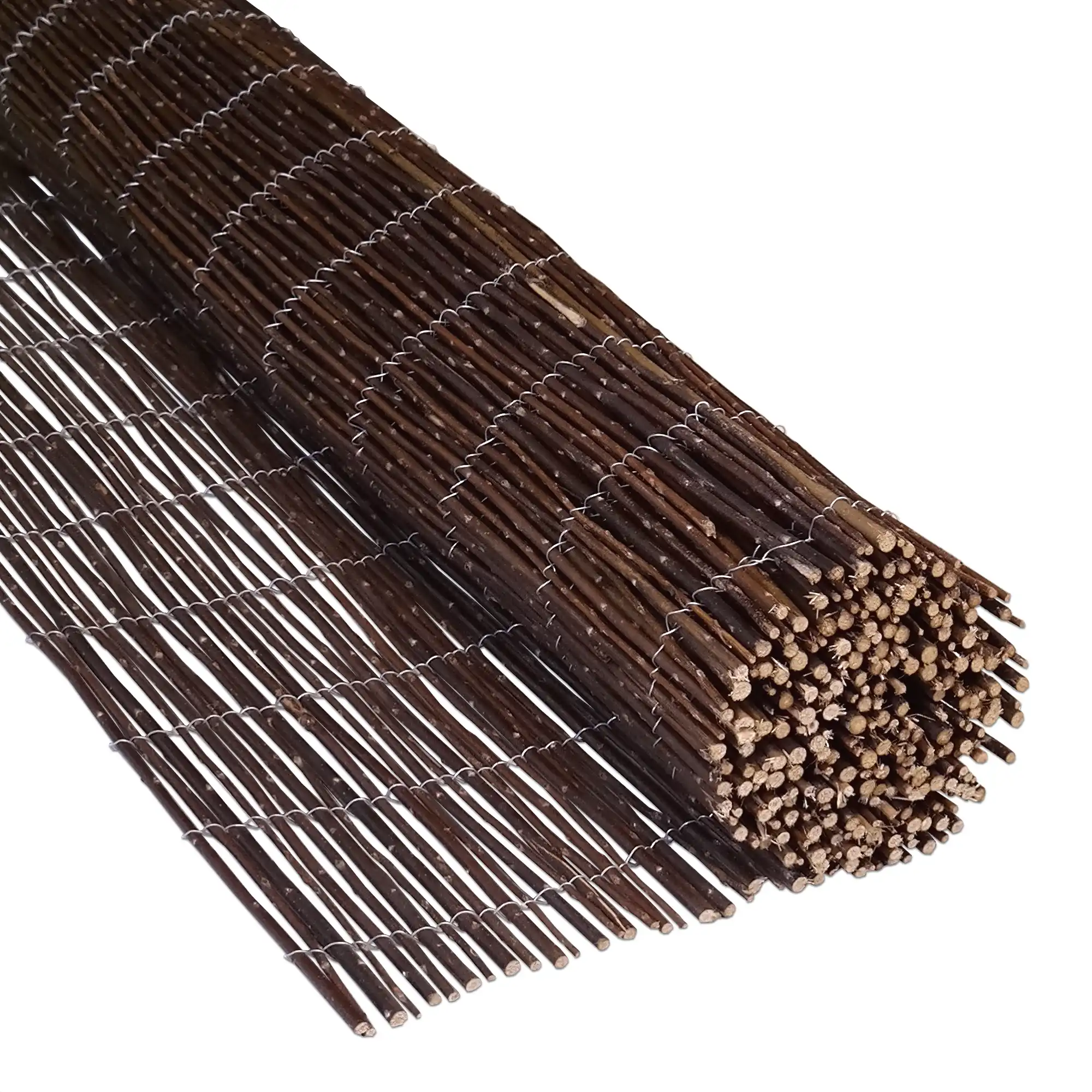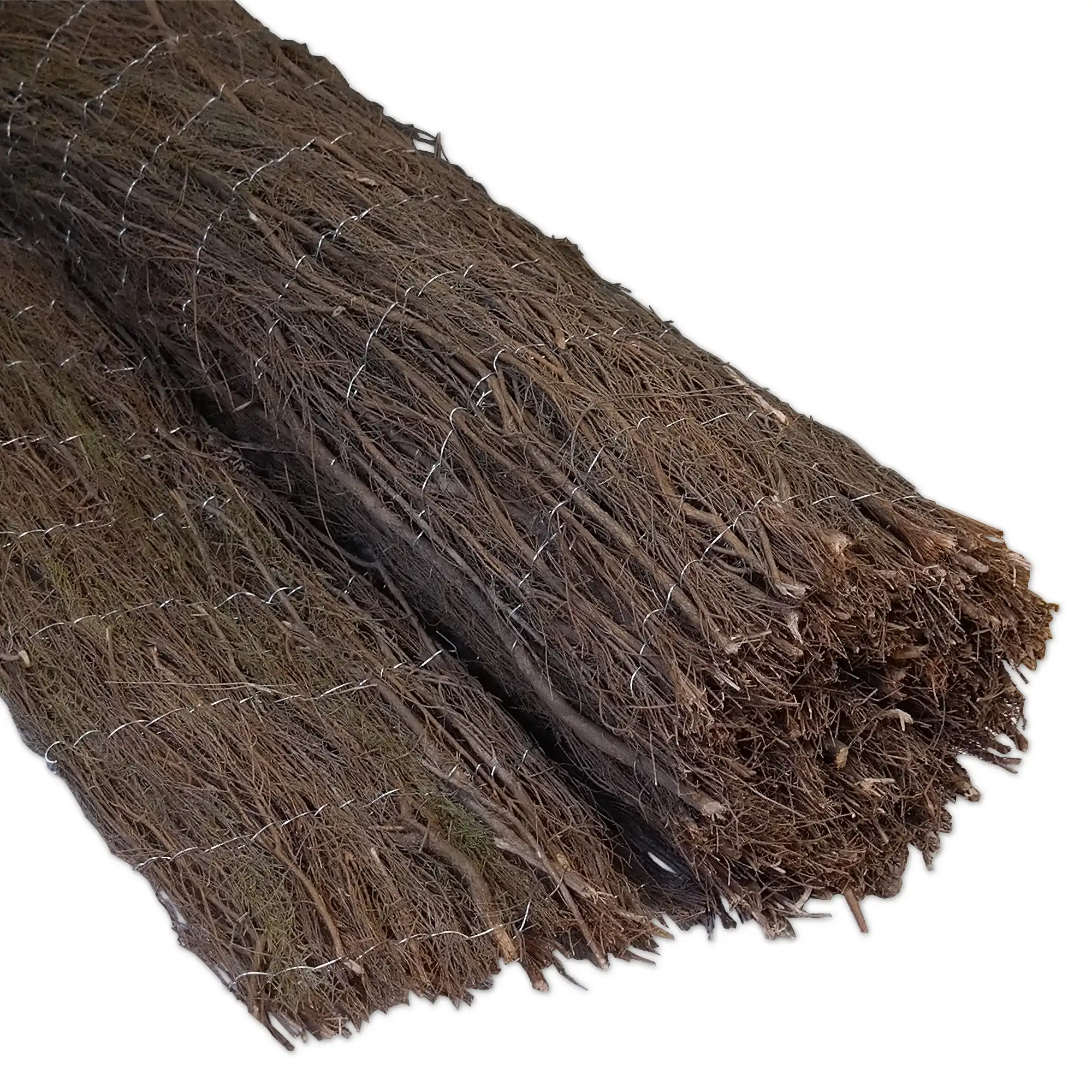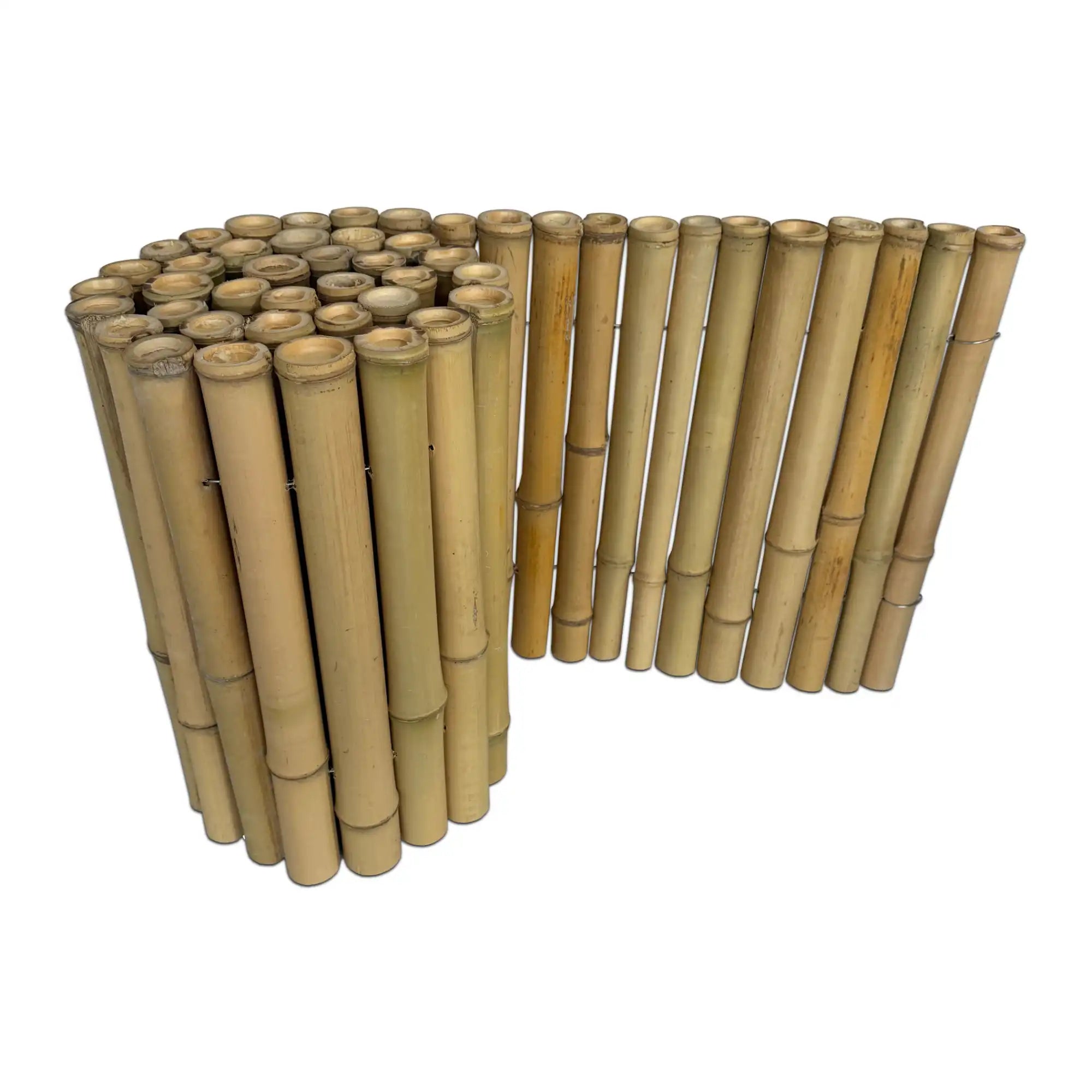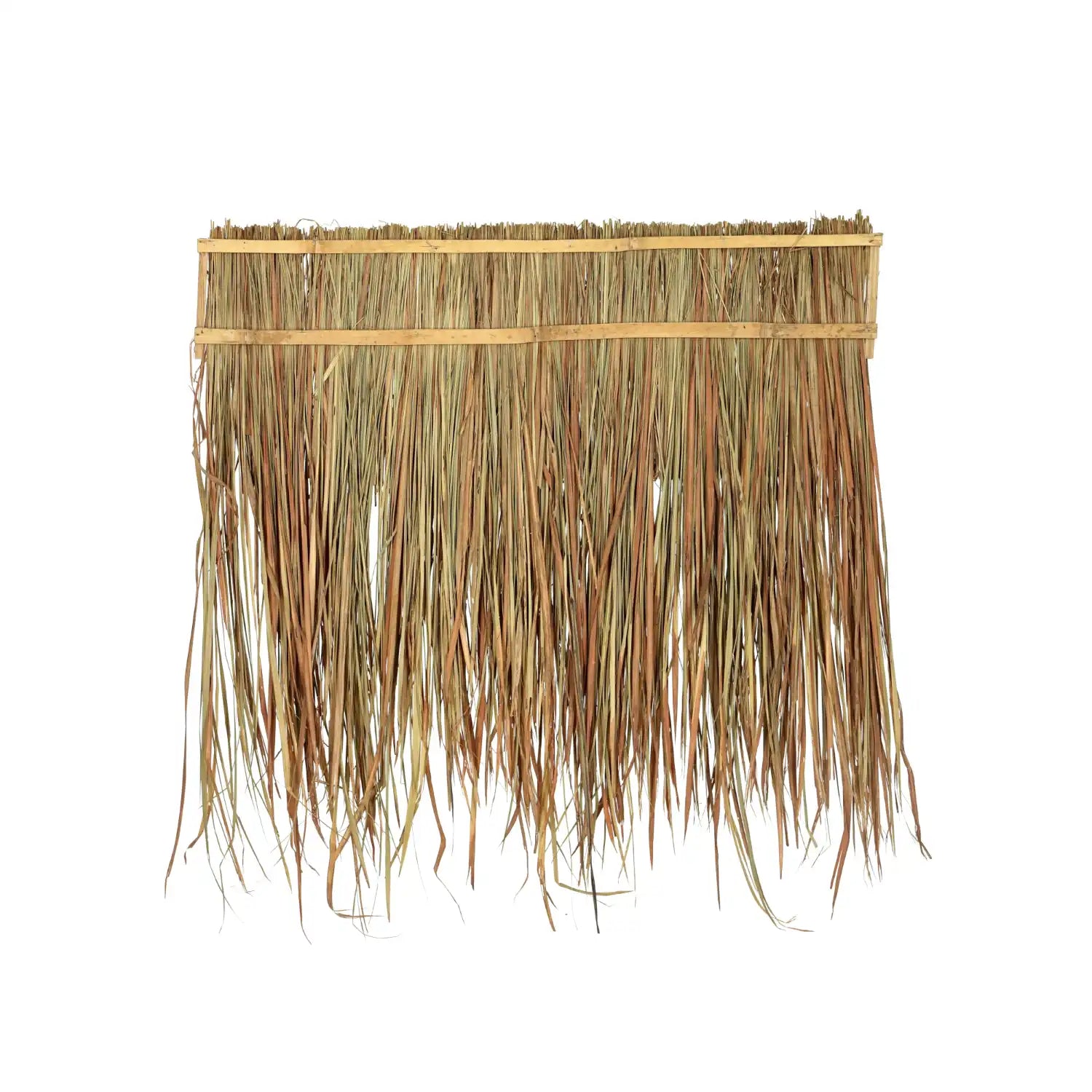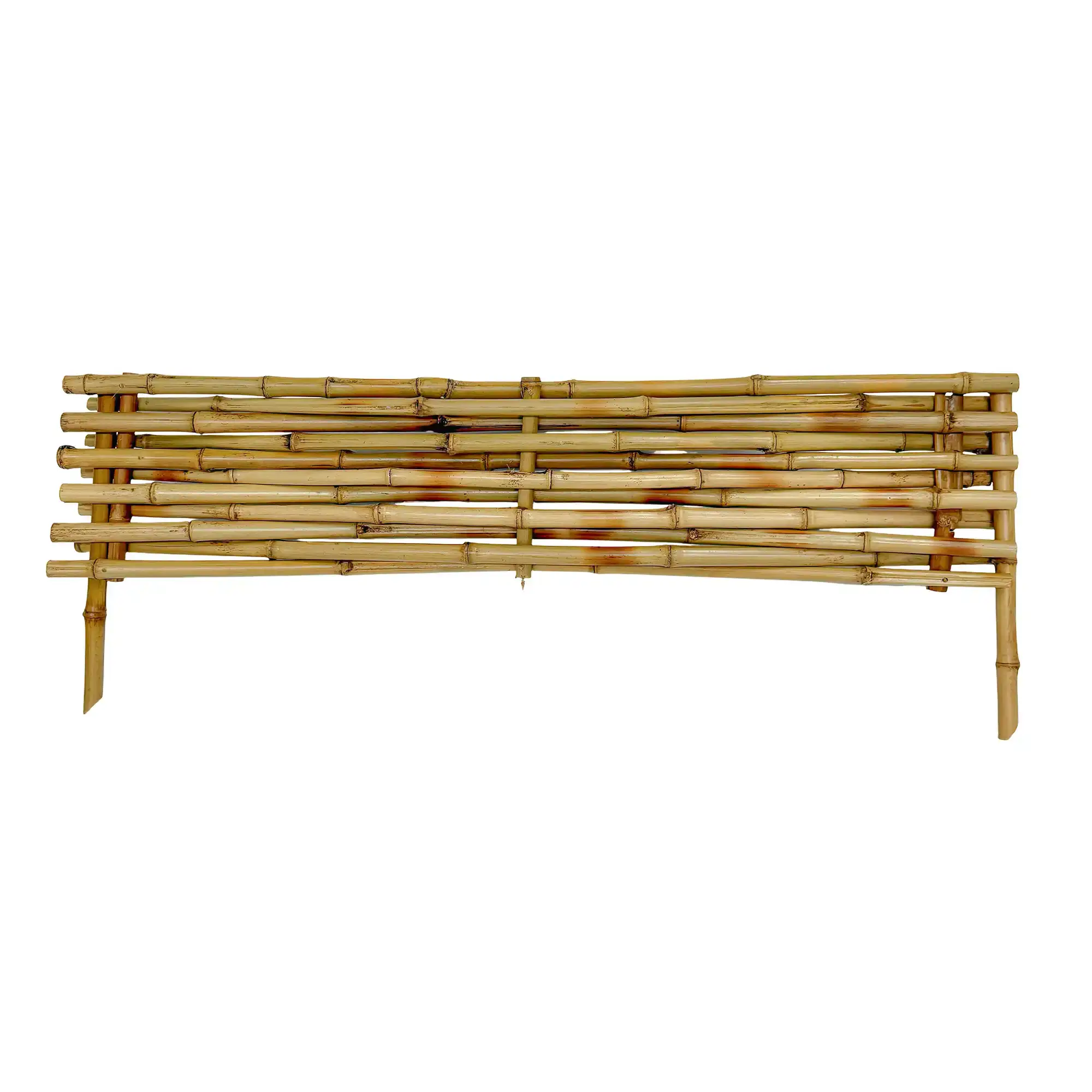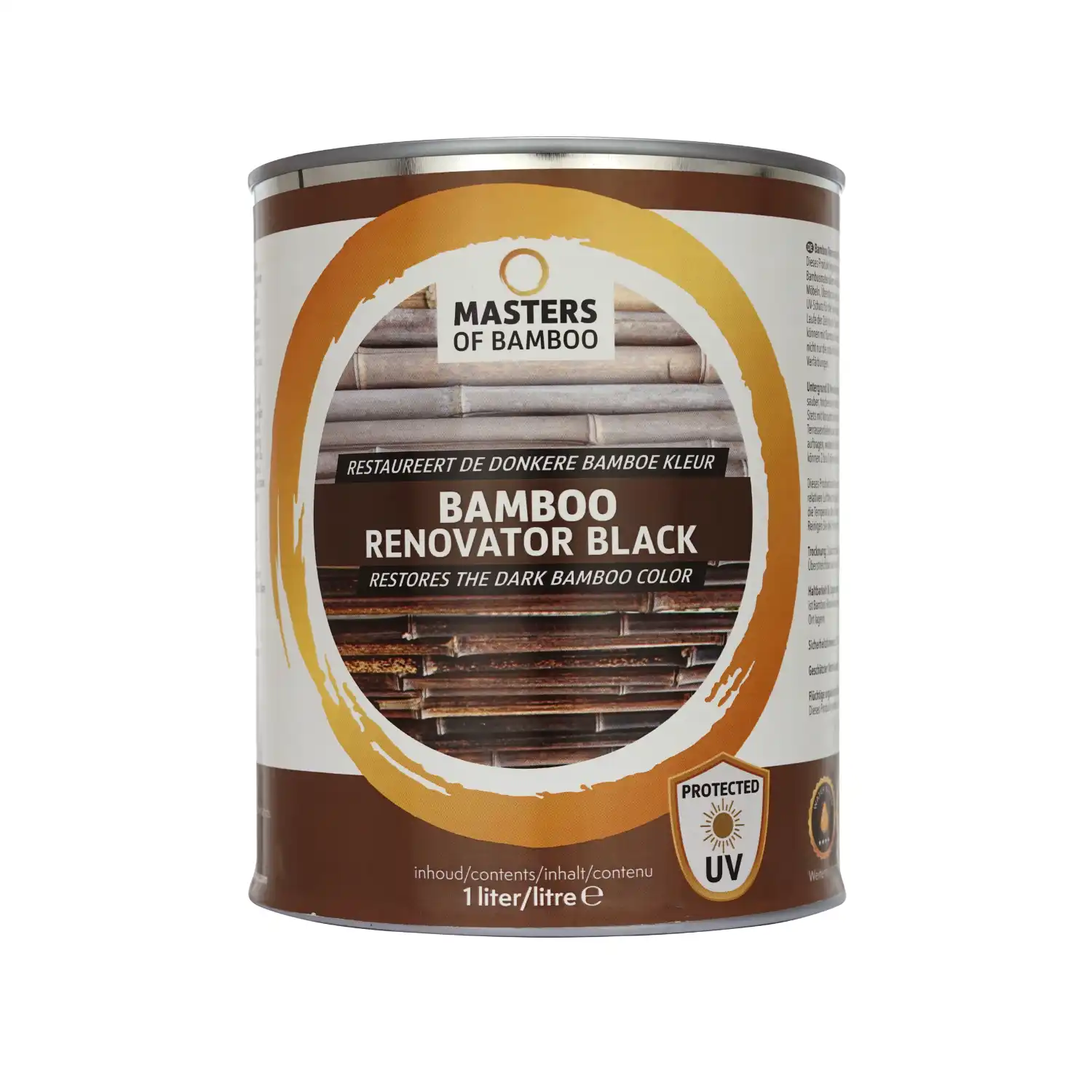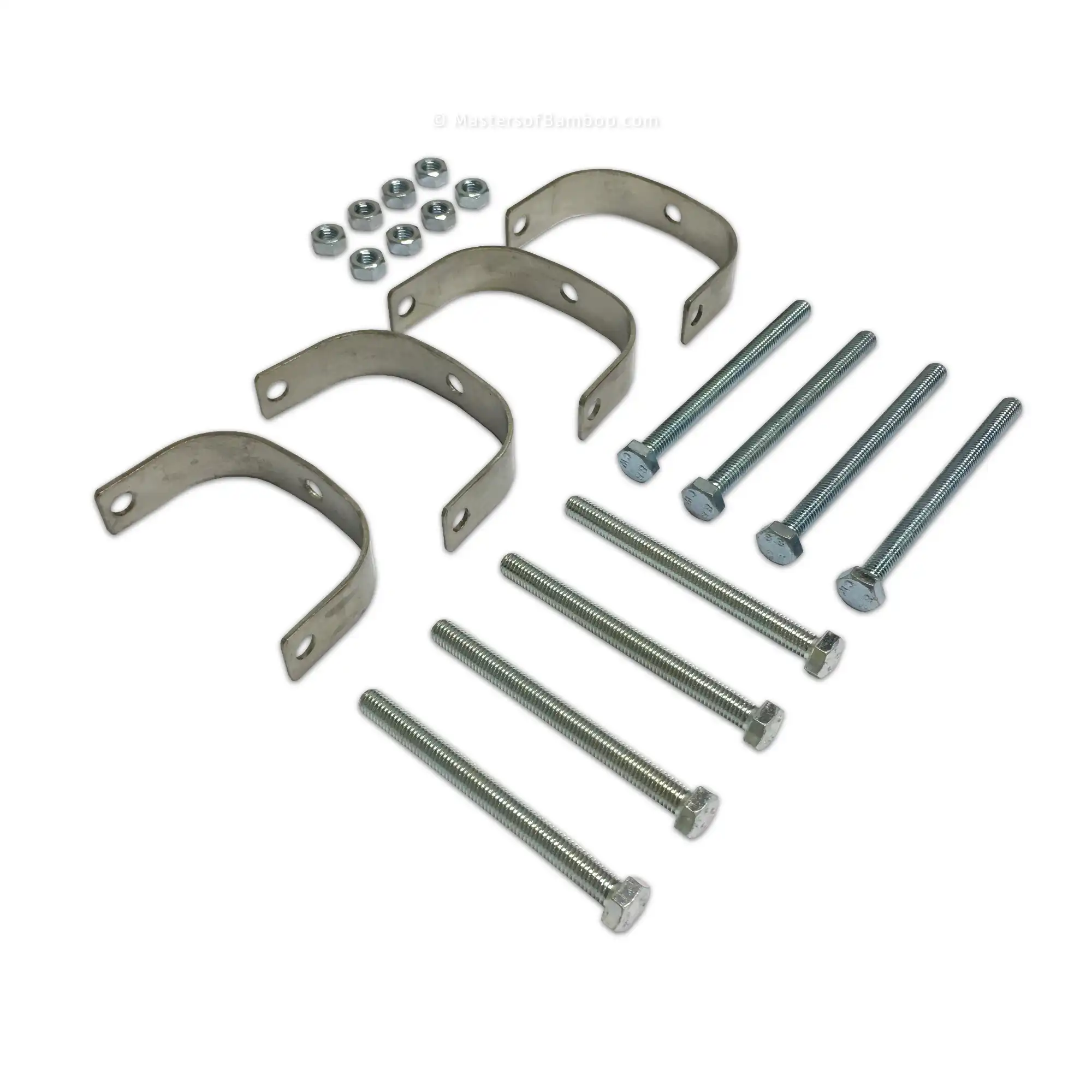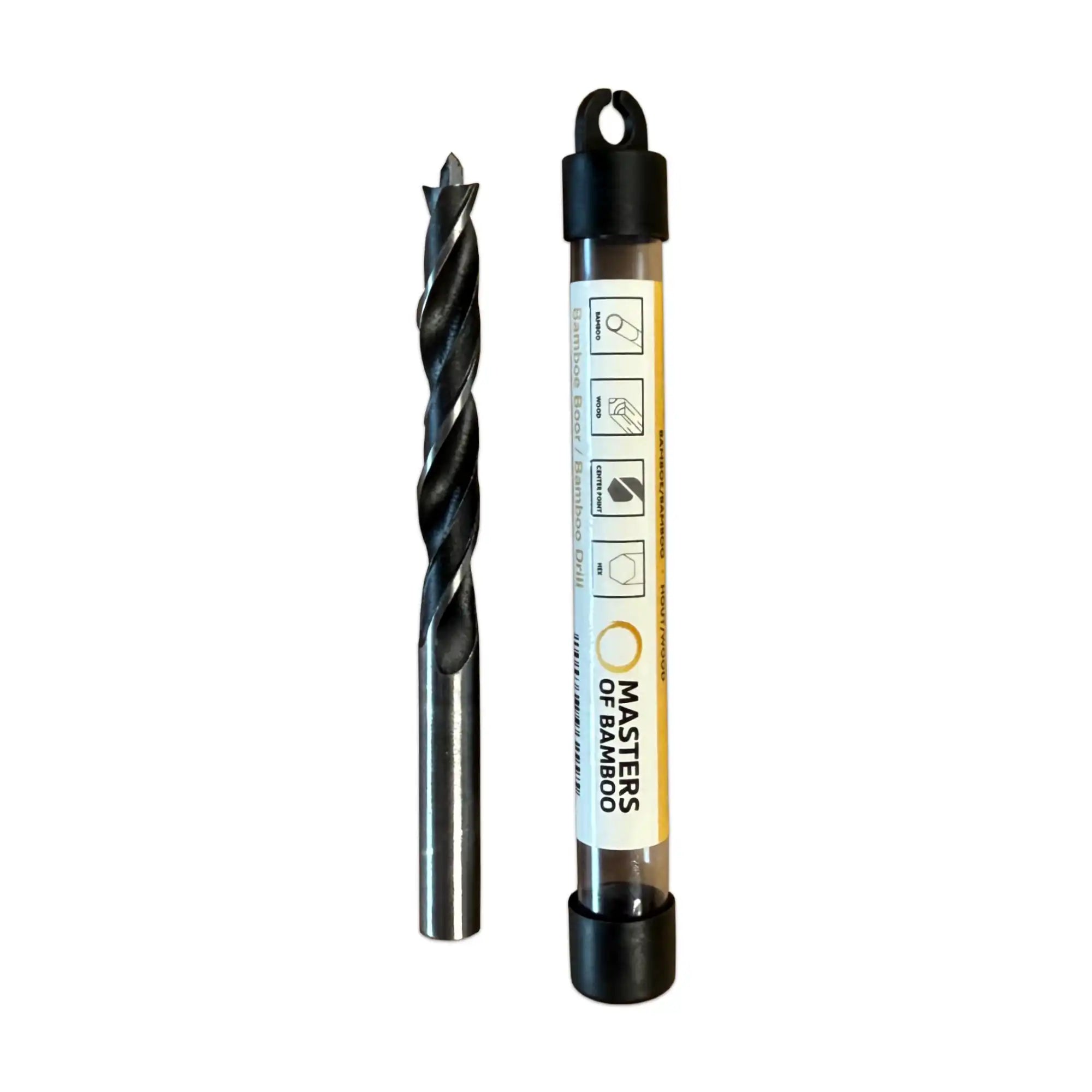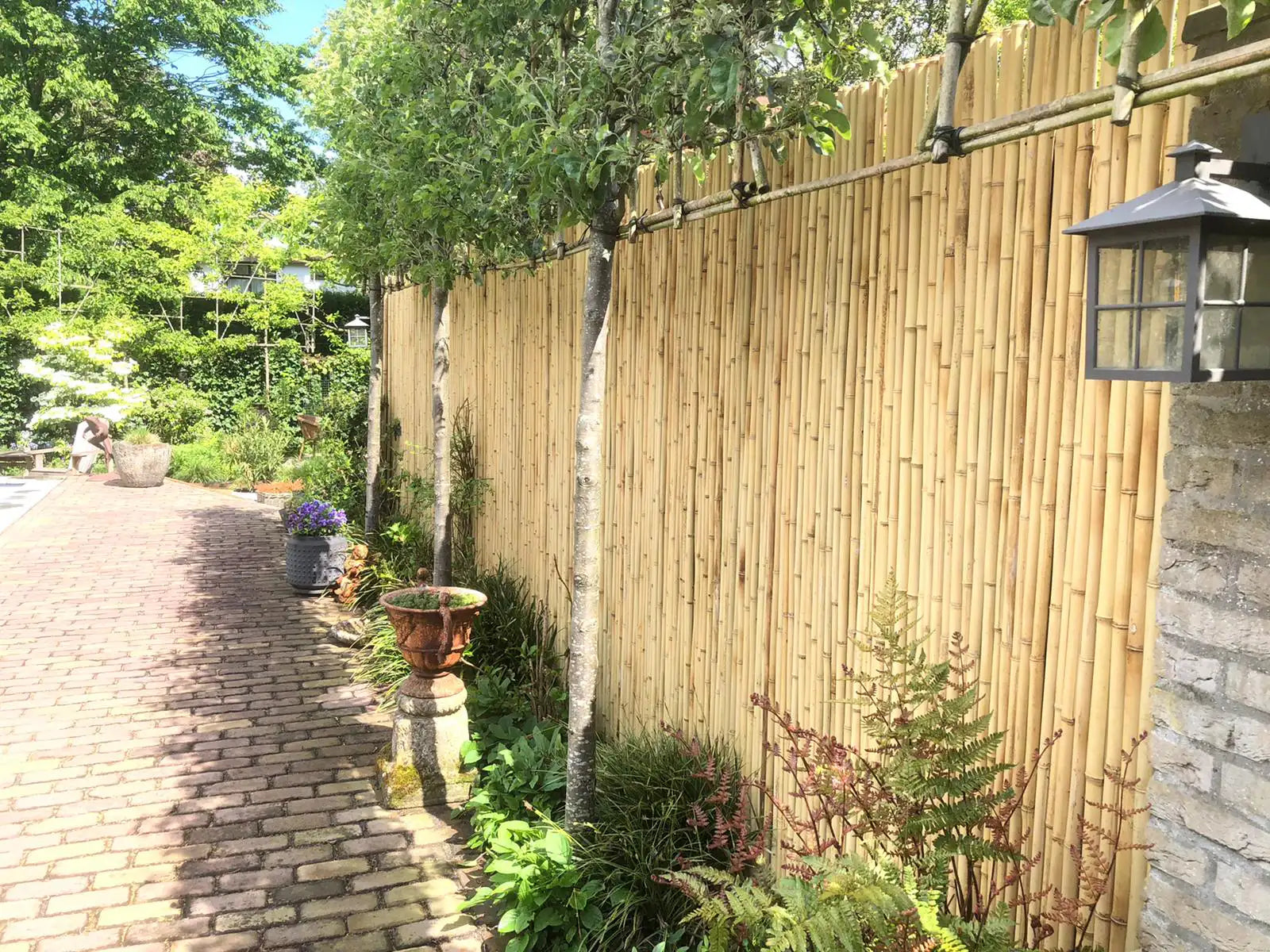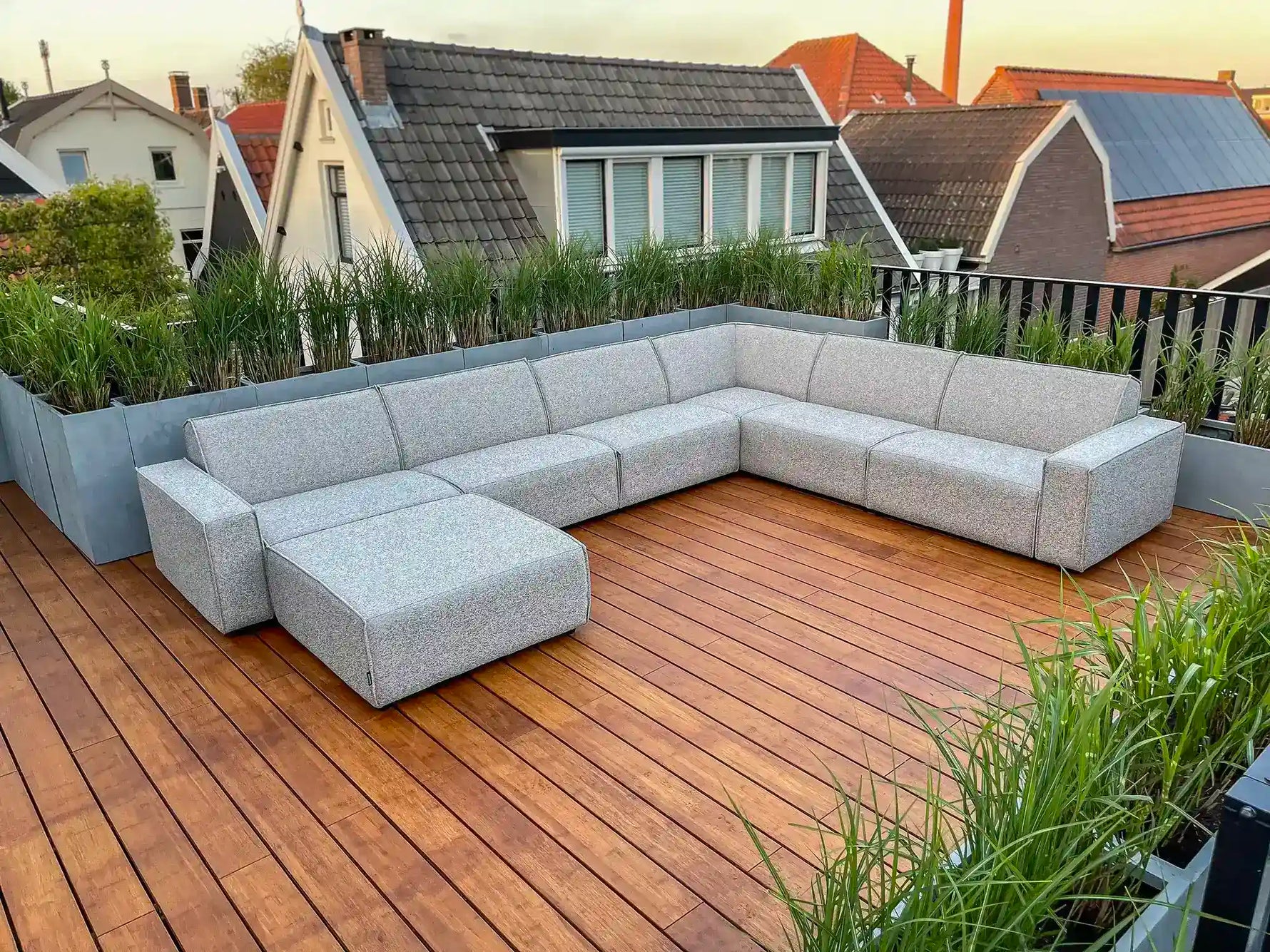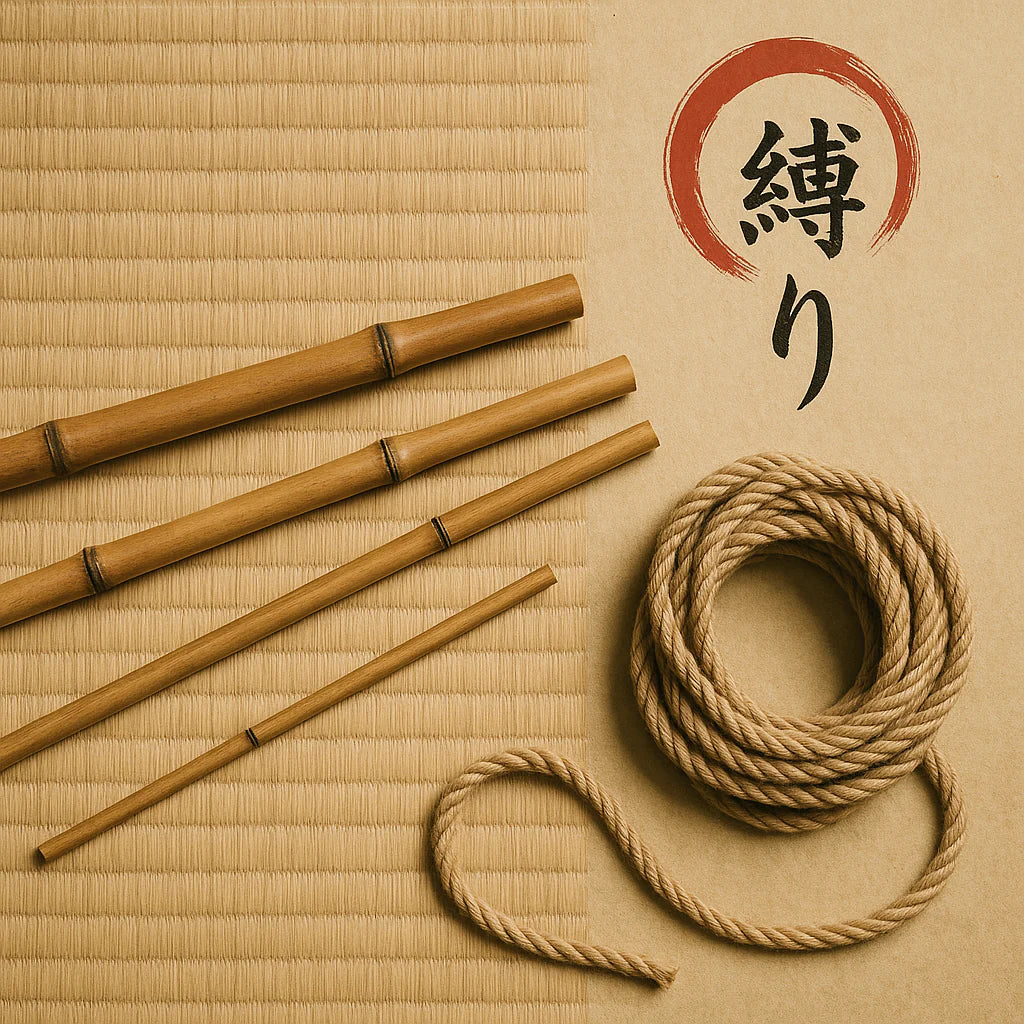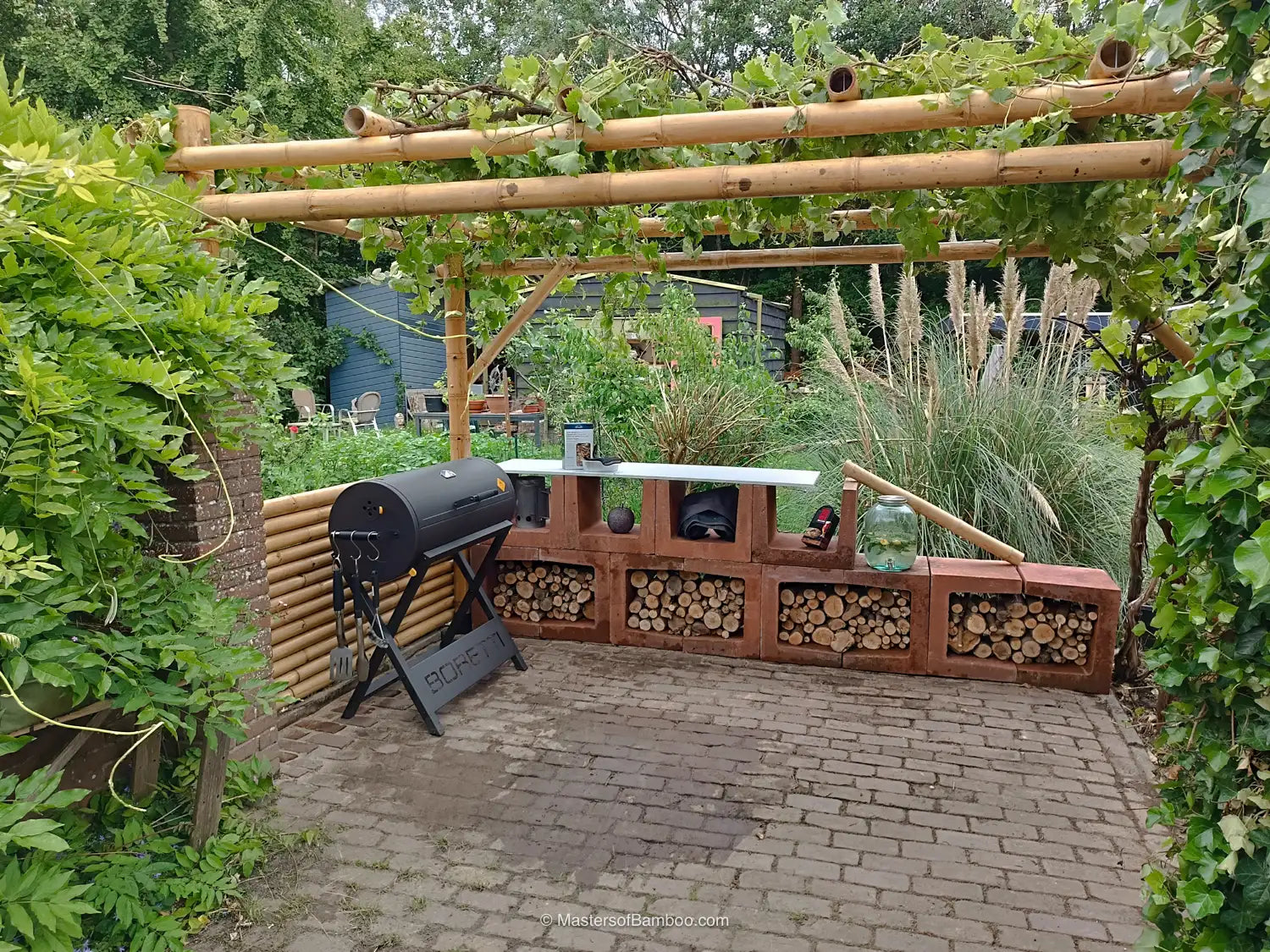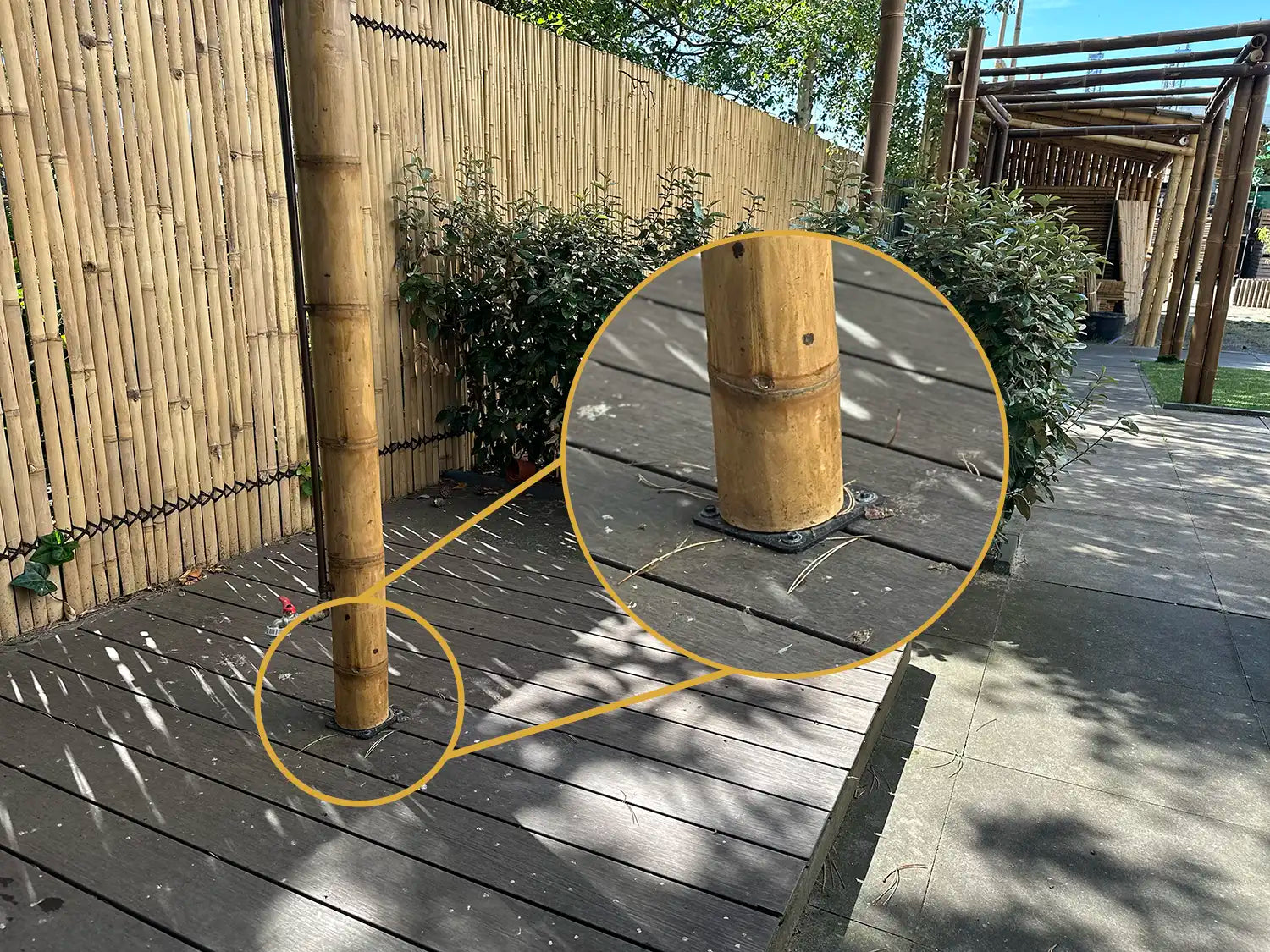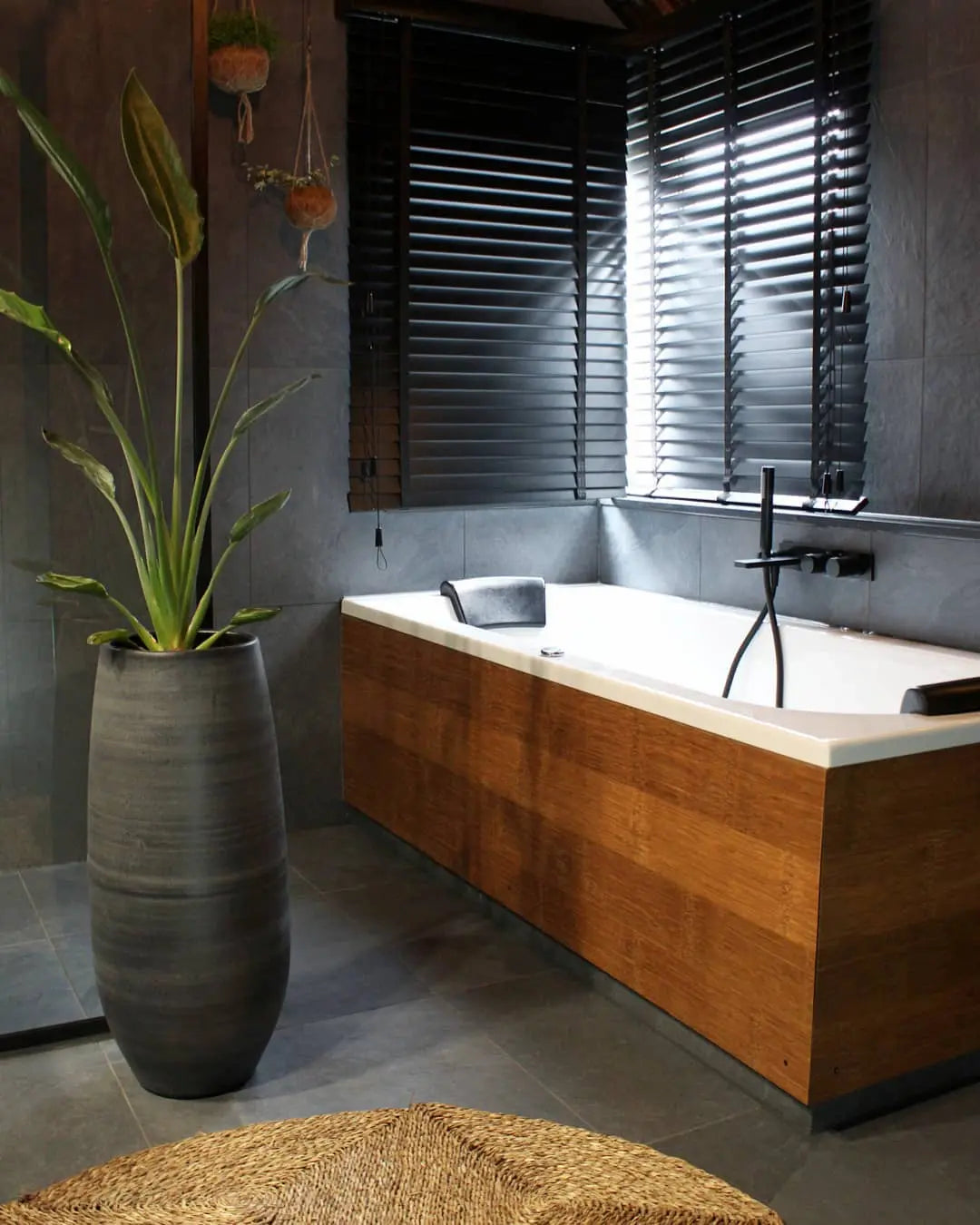
Bamboo panels in the bathroom: durable, strong and moisture-resistant
Bamboo Panel in the Bathroom: Technical Information for Professionals
The bathroom is one of the most demanding spaces in a building. Materials must withstand moisture, temperature fluctuations, and intensive use. Increasingly, construction professionals and interior designers are choosing bamboo panels as an alternative to traditional wood and interior panels. In this article, we discuss the technical properties, applications, and sustainability of bamboo panels in bathrooms.

What is a bamboo plate?
A bamboo panel is constructed from pressed bamboo strips, glued together to form a solid and stable panel. There are three common varieties:
-
Plain Pressed : strips pressed horizontally, with a wider visible structure.
-
Side Pressed : strips pressed vertically for greater stability.
-
Density Pressed (High Density) : highly densified panels, comparable to tropical hardwood in hardness and load-bearing capacity.
These panels are available in various thicknesses (up to 40 mm) and can be processed mechanically or manually, like plywood or MDF.
Technical advantages in the bathroom
1. Strength and stability
Bamboo panels have a high density (up to 1,150 kg/m³ when density-pressed), making them stronger than many hardwoods. For interior builders, this makes the material suitable for heavy loads such as countertops and cabinet structures.
2. Moisture resistance
In a bathroom, moisture resistance is crucial. High-quality bamboo panels are bonded with water-resistant adhesives (E1 or E0 formaldehyde class). The surface can also be finished with lacquer, oil, or a water-repellent coating to ensure long-lasting protection.
3. Editability
Bamboo panels can be sawn, milled, and screwed using the same techniques as plywood. For furniture makers and interior designers, this means a minimal learning curve when switching.
4. Fire safety
Special variants are available that meet fire-retardant requirements, relevant for public projects such as hotels and wellness areas.
Applications of bamboo panels in bathrooms
-
Bathroom furniture : washbasin furniture, cabinet fronts and storage modules.
-
Worktops : in combination with a waterproof finish, suitable for intensive use.
-
Wall and ceiling panels : with acoustic value and high wear resistance.
-
Sliding doors and partition walls : stable and durable alternative to plywood.

Sustainability and lifespan
Professionals often wonder: is bamboo suitable for long-term use in damp areas?
-
Origin : Bamboo grows ready for harvest in 4–5 years, much faster than hardwood.
-
Longevity : With the right gluing and finishing, bamboo in bathroom interiors will last as long or longer than traditional plywood.
Comparison with traditional interior panels
| Characteristic | Bamboo panels | Multiplex |
|---|---|---|
| Density | 700–1,150 kg/m³ | 500–700 kg/m³ |
| Moisture resistant | Yes, with correct gluing, | Exterior quality only |
| Origin | Rapidly renewable | Often slow growing wood |
| Editability | Good (sawing, milling) | Good |
| Lifespan in damp room | High with correct finishing | Variable, often shorter |
Conclusion: bamboo panels as a future-proof material
For architects, interior designers and contractors, bamboo panels in the bathroom offer a combination of:
-
High strength and stability
-
Suitability for humid environments
-
Sustainability and environmentally friendly origin
-
Wide applicability in furniture, walls and constructions
With the right finishing, bamboo panel material is a reliable alternative to traditional interior panels and a valuable choice for the bathroom of the future.


